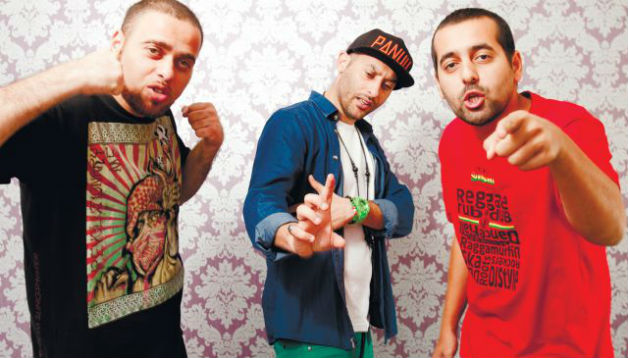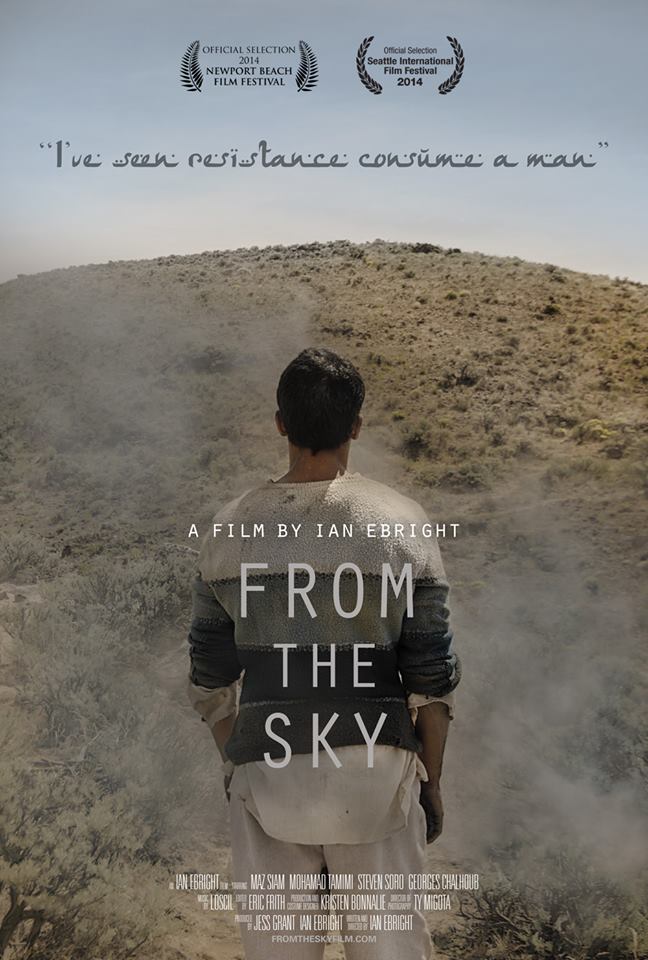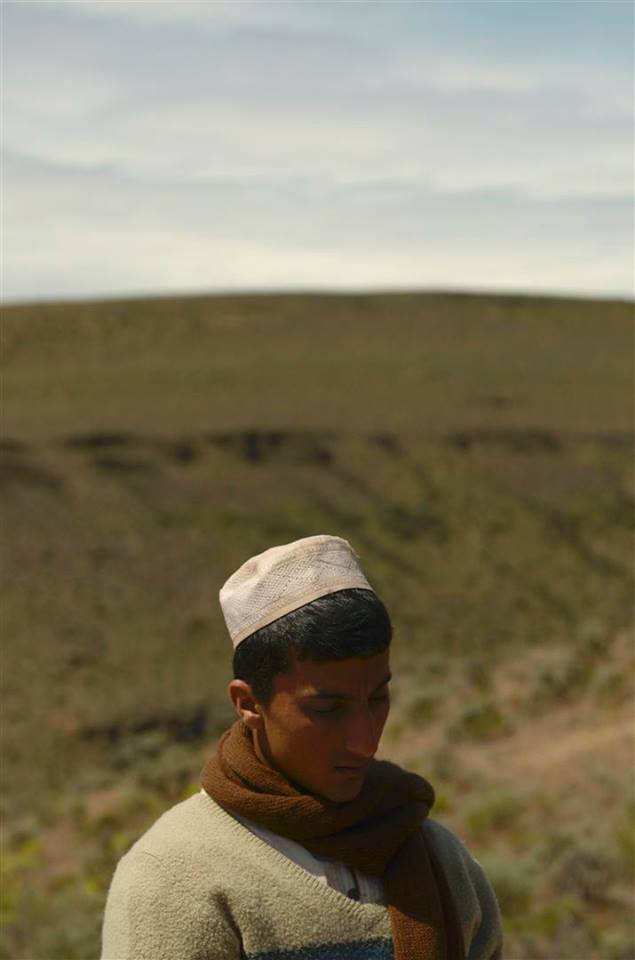The following is an excerpt from Tariq Ali’s book The Duel: Pakistan on the Flight Path of American Power (published by Simon & Schuster).
“Books have a destiny. This is my third study of Pakistan. The first, Pakistan: Military Rule or People’s Power?, was written in 1969 and predicted the breakup of the state. It was banned in Pakistan. Critics of every persuasion, even those who liked the book, thought it was going too far in suggesting that the state could disintegrate, but a few years later that is exactly what happened. Just over a decade later I wrote Can Pakistan Survive? The question mark was not unimportant but nonetheless struck a raw nerve in General Zia’s Pakistan, where to even pose the question was unacceptable. The general himself was extremely angry about its publication, as were sections of the bureaucracy, willing instruments of every despotism. Zia attacked both me and the book at a press conference in India, which was helpful and much appreciated by the publisher’s sales department. That book too was banned, but to my delight was shamelessly pirated in many editions in Pakistan. They don’t ban books anymore, or at least not recently, which is a relief and a small step forward.
When I left in 1963, the country consisted of West and East Pakistan. Eight years later the East defected and became Bangladesh. The population of the Western wing was then 40-45 million. It has grown phenomenally ever since and is now approaching the 200 million mark. The under-thirties constitute a majority.
This book centers on the long duel between a U.S.-backed politico-military elite and the citizens of the country. In earlier years the State Department would provide the seconds for the duel, but with U.S. troops now in neighboring Afghanistan and U.S. bombs falling on homes inside Pakistan, the conflict is assuming a more direct form. Were it to proceed further, as some have been arguing in Washington, there is a distinct possibility that serious cracks would threaten the much-vaunted unity of the Pakistan military high command. The relationship with Washington, always controversial in the country, now threatens the Pakistan army. Political commentators in the United States together with a cabal of mimics in Pakistan regularly suggest that an Islamist revolution is incubating in a country that is seriously threatened by ‘jihadi terrorists.’ The only function of such a wild assertion is to invite a partial U.S. occupation and make the jihadi takeover a self-fulfilling prophecy.
✎
The most important aspect of the duel is not the highly publicized conflict in Waziristan, but the divide between the majority of the people and their corrupt, uncaring rulers. This duel is often fought without weapons, sometimes in the mind, but it never goes away. An important reason for the deep hostility to the United States has little to do with religion, but is based on the knowledge that Washington has backed every military dictator who has squatted on top of the country. With Pakistan once again a strategic asset, the fear is that Washington will do so again, since it regards the military as the only functioning institution in the country, without showing any signs of comprehension as to why this is the case. This book might help in this regard.
What explains my continuing interest in Pakistan? I was born and educated there. Most of my family still lives there, and in periods when I haven’t been banned from entering the country, I visit regularly. I enjoy running into old friends and acquaintances, especially now that most of them have retired from important positions and can speak openly and laugh again. I never feel alone in Pakistan. Something of me stayed behind in the soil and the trees and the people so even in bad times I am welcome.
I love the mountains. At least they can’t be skyscrapered and forced to look like Dubai. Palm trees, Gulf kitsch, and the Himalayas don’t mix, not that it prevents some from trying. The cityscapes are something else. They have greatly changed over the years; new unplanned and poorly designed buildings have wrecked most of the larger towns. In Islamabad, the capital, one of the U.S. architects who built the city in the late sixties, Edward Stone, was unhappy with the site because it sat on a geological fault line and had weak soil. He advised that no building higher than three stories should ever be built there. He was ignored by the military dictator of the day. When a massive earthquake hit the country in 2005, buildings trembled all over Islamabad. I was there during the aftershocks, which were bad enough.
It was not only the earthquake that hurt Pakistan. This latest tragedy brought other wounds to the surface. A deeper and darker malaise, barely noticed by the elite and taken for granted by most citizens, had infected the country and was now publicly visible. The earthquake that killed tens of thousands of people shone a light on a country tainted by corrupted bureaucrats, army officers, and politicians, by governments rotten to the core, by protected mafias, and by the bloated profits of the heroin industry and the arms trade. Add to this the brutal hypocrisy of the Islamist parties, which exploit the state religion, and the picture is complete. Many ordinary people on the street, unsurprised by tales of privilege and graft, viewed the disaster in this context. At a state school in Lahore, students collecting toys for the children who’d survived the tragedy were asked whom they would like to address them. They voted unanimously against any politician, army officer, or civilian bureaucrat. They wanted a doctor.
✎
None of this, of course, explains the urge to keep writing about a country. The reason is simple. However much I despise the callousness, corruption, and narcissism of a degenerate ruling elite, I have never allowed that to define my attitude toward the country. I have always harbored a deep respect and affection for the common people, whose instincts and intelligence, despite high levels of illiteracy, consistently display a much sounder appreciation of what the country requires than those who have lorded it over them since 1947. Any independent-minded Pakistani journalist or writer will confirm this view.
The people cannot be blamed for the tragedies that have afflicted their country. They are not to blame for the spirit of hopelessness and inescapable bondage that sometimes overcomes them. The surprise is that more of them don’t turn to extremist religious groups, but they have generally remained stubbornly aloof from all that, which is highlighted in every election, including the latest, held in February 2008. Given the chance, they vote in large majorities for those who promise social change and reforms and against those in power. They are always disappointed.
Colin Robinson, my long-standing editor, first at Verso, later at the New Press, and now at Scribner, was strongly convinced that I should write this book long before I was. His persistence paid off. His instincts were better than mine. As I was working on the book, Mary-Kay Wilmers, stern janitor of the London Review of Books, plucked a lengthy extract from the work-in-progress on Benazir Bhutto’s return home. It was, as readers will discover, sharply critical. Two weeks after I delivered it, as I was working on this manuscript, Bhutto was assassinated. Sentiment dictated I soften the prose, but despite my sadness and anger at her death, I resisted. As the German writer Lessing once remarked, ‘The man who presents truth in all sorts of masks and disguises may be her pander, but never her lover.’ And truth usually visits Pakistan in whispers. We owe it to the people to speak our minds. The death of Benazir, whom I knew well over many years, was undoubtedly tragic. But not sufficient reason to change my assessment. That she handed over her party to her husband till her son came of age was a sad reflection on the state of democratic politics in Pakistan and confirmed my judgment. The country needs a break from uniforms and dynasties.
✎
My thanks are due to numerous people in Pakistan from all walks of life, from peasants and trade unionists to generals, civil servants, and old friends, who spoke without inhibition during my trips over the last few years. Naming them would not necessarily be construed as friendly. Thanks also, as always, to Susan Watkins, my companion for almost three decades, a friendly but firm editor of the New Left Review, as many contributors (myself included) have discovered.
When I began to write this book a London friend asked, ‘Isn’t it reckless to start a book while the dice is still in the air?’ If I waited for the dice to fall, I would never have written anything on Pakistan.”
• • •
For more on this book, go to Simon & Schuster.





































